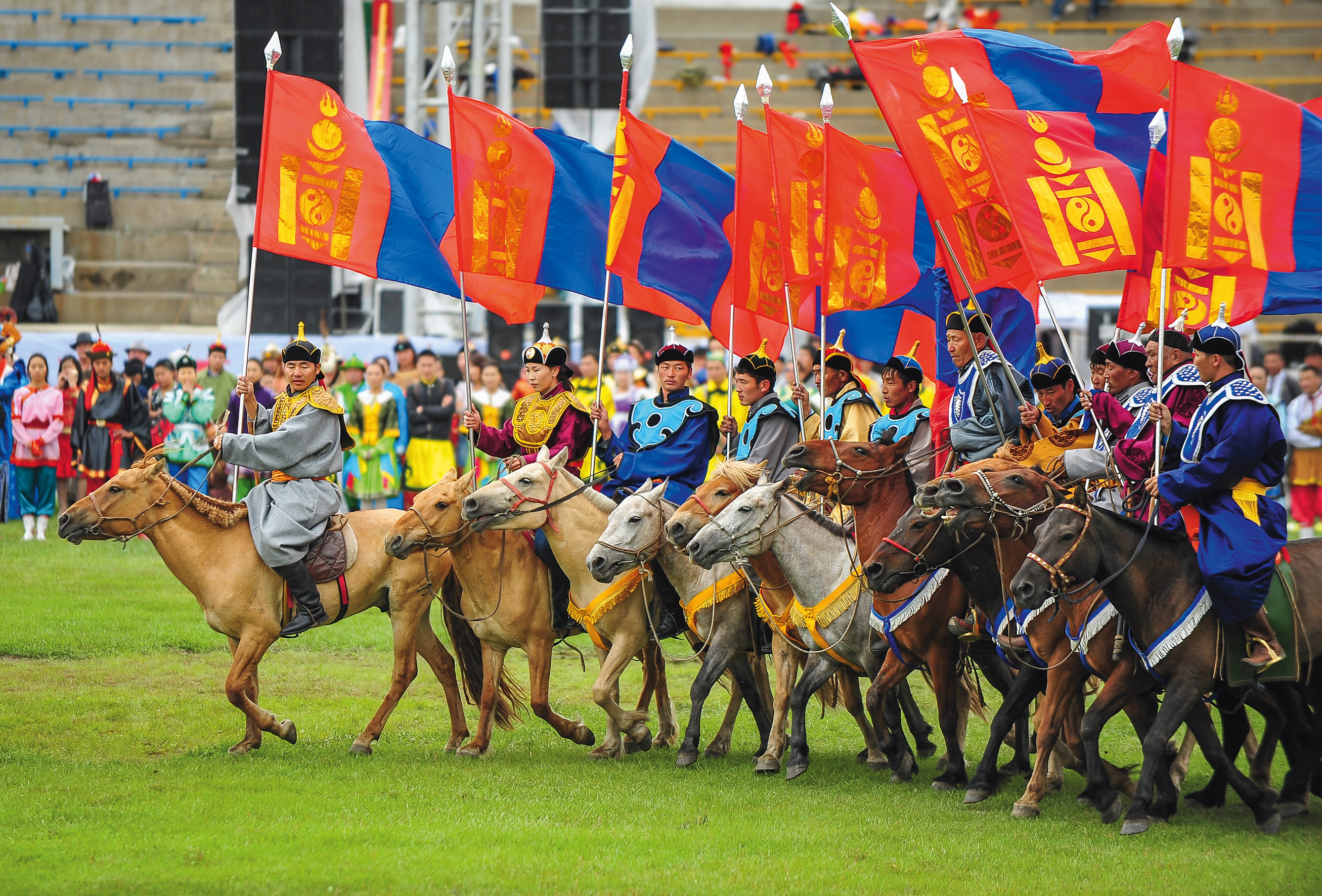
Discover Mongolia’s Gobi Desert
When I first hear the word “desert,” I think hot, dry, and lifeless. However, The Gobi Desert is anything but lifeless. The Gobi in Mongolia is a place where it rains in summer, snows in the winter, but it is still dry and flat. You might be surprised to see life in the desert. One special plant that is only found there, called the Saxon, is one of the many unique life forms.
The Gobi desert also has a very extreme climate. One day you could be so cold you’ll be wrapped up in scarves, hats, and gloves, and the next day you’ll be so hot where you don’t even want to move.
Don’t let the bipolar weather stop you from seeing just all the Gobi has to offer, from the Flaming Cliffs to the Singing Sand Dunes. The Flaming Cliffs, natural red-orange sandstone cliffs, are well known not just for their “flaming” appearance—especially at sunset—but also this is the area where the first dinosaur eggs were found. Although it is unlikely you will find any dinosaur footprints, you may get to hear the sound of the wind blowing the sand on the Singing Sand Dunes. This big yellow sand dune might fool you into thinking you are in the Sahara desert until you look behind you and see beautiful rocky mountains, green grass, and a lively stream.
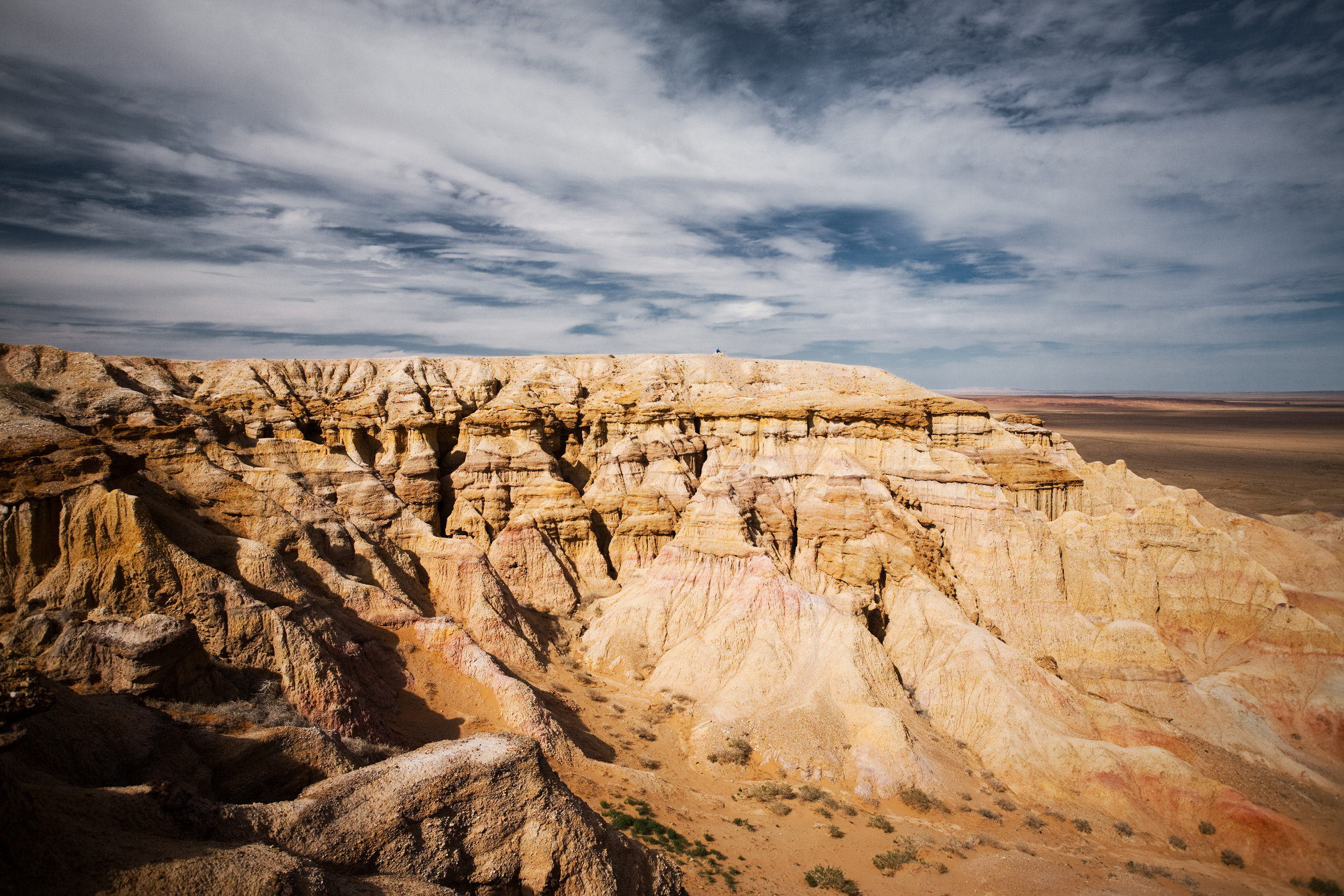
Camping like the Nomads
Camping in a traditional Mongolian style Ger camp really gives you the feeling of living like a Mongolian Nomad. Don’t worry, though; you won’t be completely unplugged or out of touch from the outside world and what you are used to. Over the centuries, while still maintaining the traditional lifestyle, these nomads have adopted modern technology. Some even make calls to their family in the city! So you can still charge up your phone or camera batteries, but it is recommended to bring extra charging plugs. As camps do have them available, the slots can fill up very fast, especially at busy camps that may have as many as 80 people.
Another thing these camps provide is heat and air conditioning! This heat and air conditioning are all natural; the ways the tents are made ensure you stay warm when it is cold and cool when it is hot. When it is hot out, there is an open frame window on top, a wooden wall section that you can open the curtains, and a door that faces to the south, so when winds from the northwest come through, it cools down inside. When it is cold out, the tents are covered with thick felts and sheep wool; a fire is lit in the middle so that the tent warms very fast.
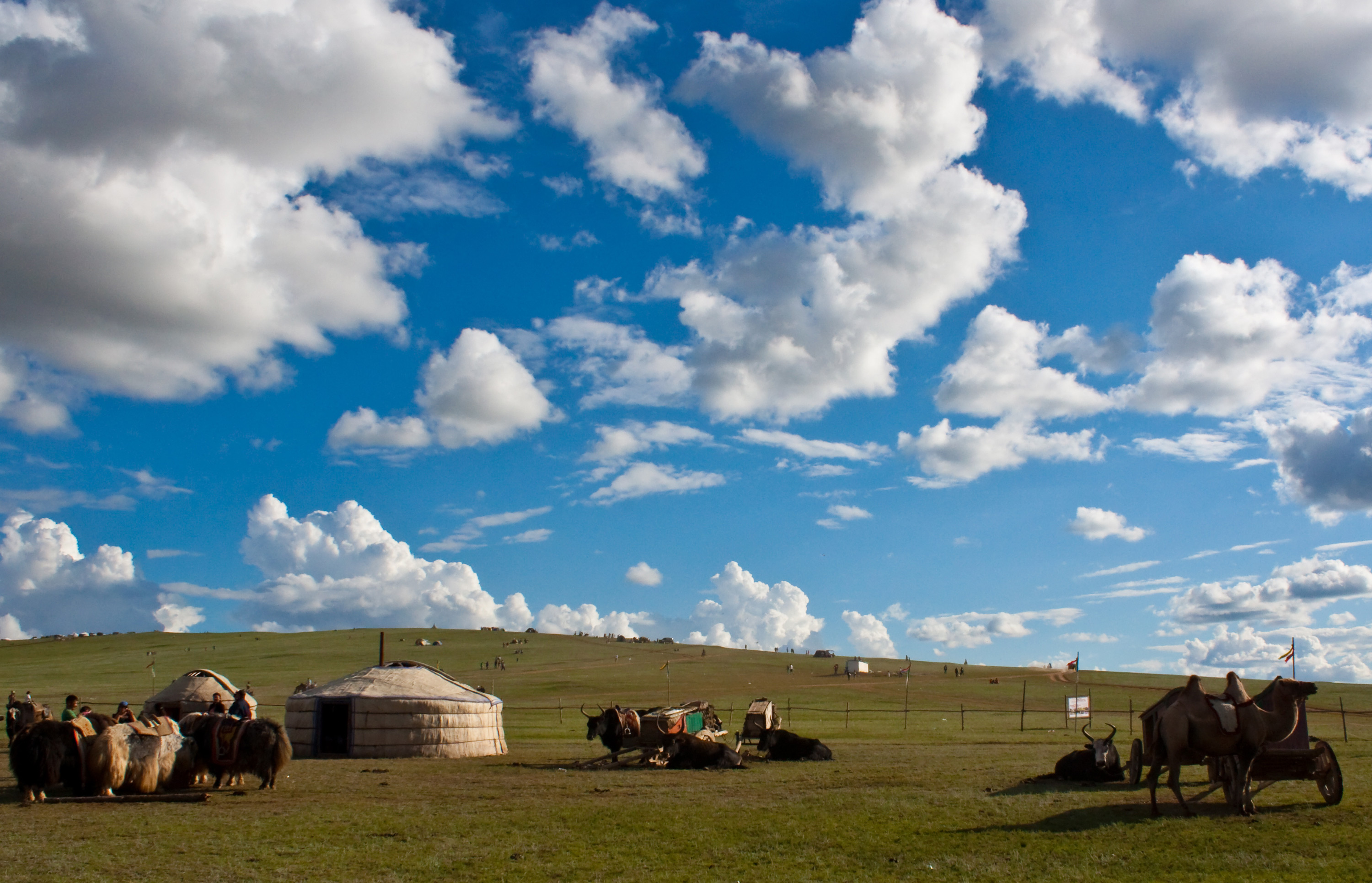
City Life
Many people don’t expect Mongolia to have an urban city life, but are nicely surprised by Ulaanbaatar, the nation’s capital. Ulaanbaatar is a fast developing city with 1.3 million people living there. Since this city is developing so rapidly over the past 5-10 years, there is still a lot of construction underway. People can expect to see poor infrastructure conditions.
There is a wide variety of culture mixes in the city as well. Ger districts in the suburbs, where people have taken their traditional housing accommodation from nomadic to settled. There are many Russian style apartments that date back to the Socialist Time in Mongolia. Ulaanbaatar even has a modern Shangri-la 5-star hotel!
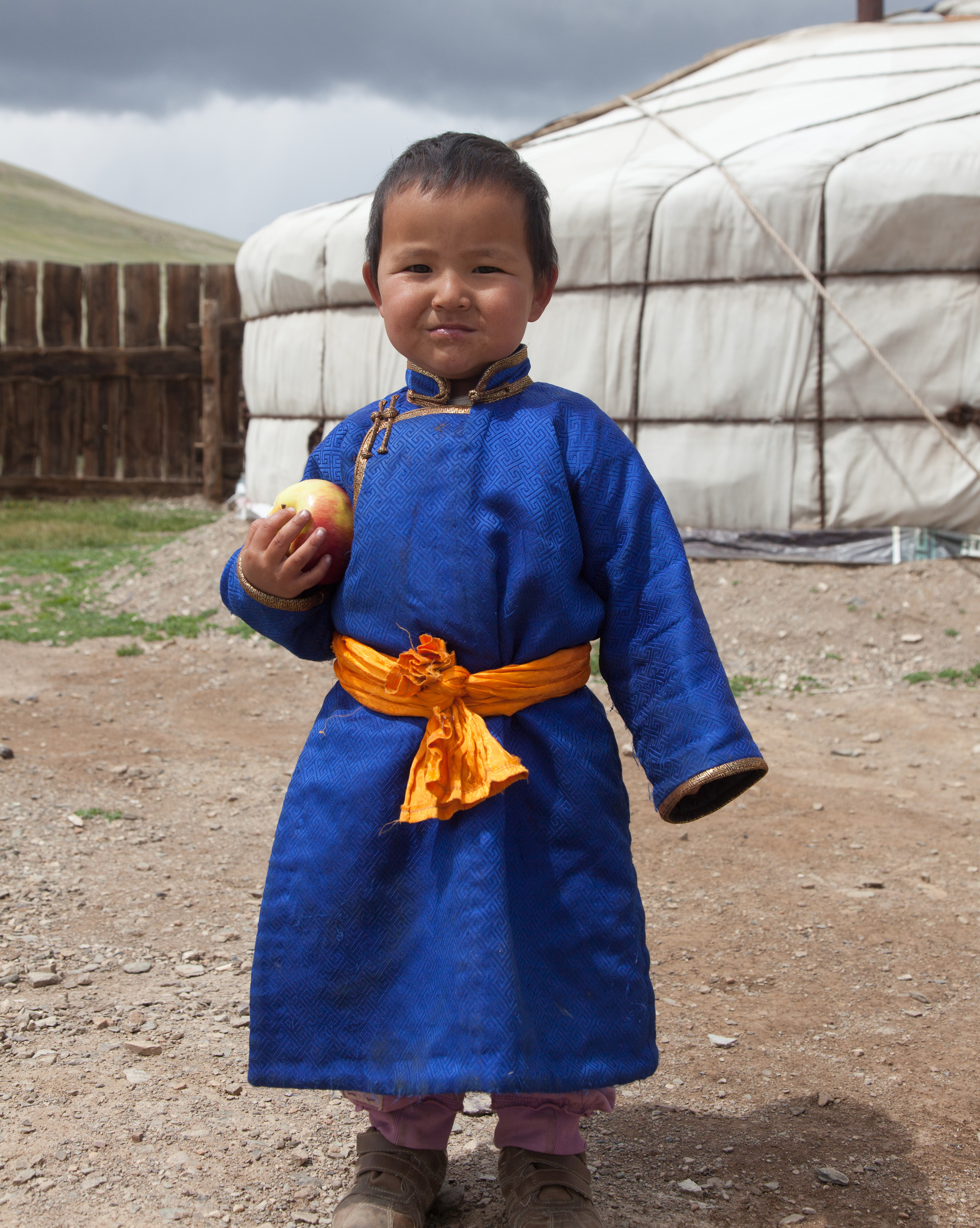
The Food!
Mongolia stands out for its high consumption of meat, with almost all Mongolian dishes centering around it. The meat is entirely natural, with no meat farming involved; all animals roam freely, grazing and feeding on whatever they find in nature. People in Mongolia do not commonly use sauces; instead, they typically season meats with basics such as onion, garlic, and salt. Contrary to the misconception that Mongolian people exclusively consume meat, they also include other foods and vegetables in their diet.
Some traditional, well-known Mongolian dishes include Khorkhog, Boodog, and even horse-meat. People prepare Khorkhog as a hot stone mutton barbecue in a pot. Boodog, similar to Khorkhog in essence, differs in its cooking method, as it involves cooking inside the skin or cavity of a gutted animal. This method is not suitable for large animals; formerly, marmot Boodog was the most common, but it is now illegal due to marmot disease. Horse-meat sees more frequent consumption in the winter, benefiting from being a “warm-blooded animal,” which results in the meat tasting fresher in cold weather.
In Ger camps, you are likely to encounter more traditional-style Mongolian dishes, but restaurants also offer plenty of westernized dishes for you to find and enjoy.
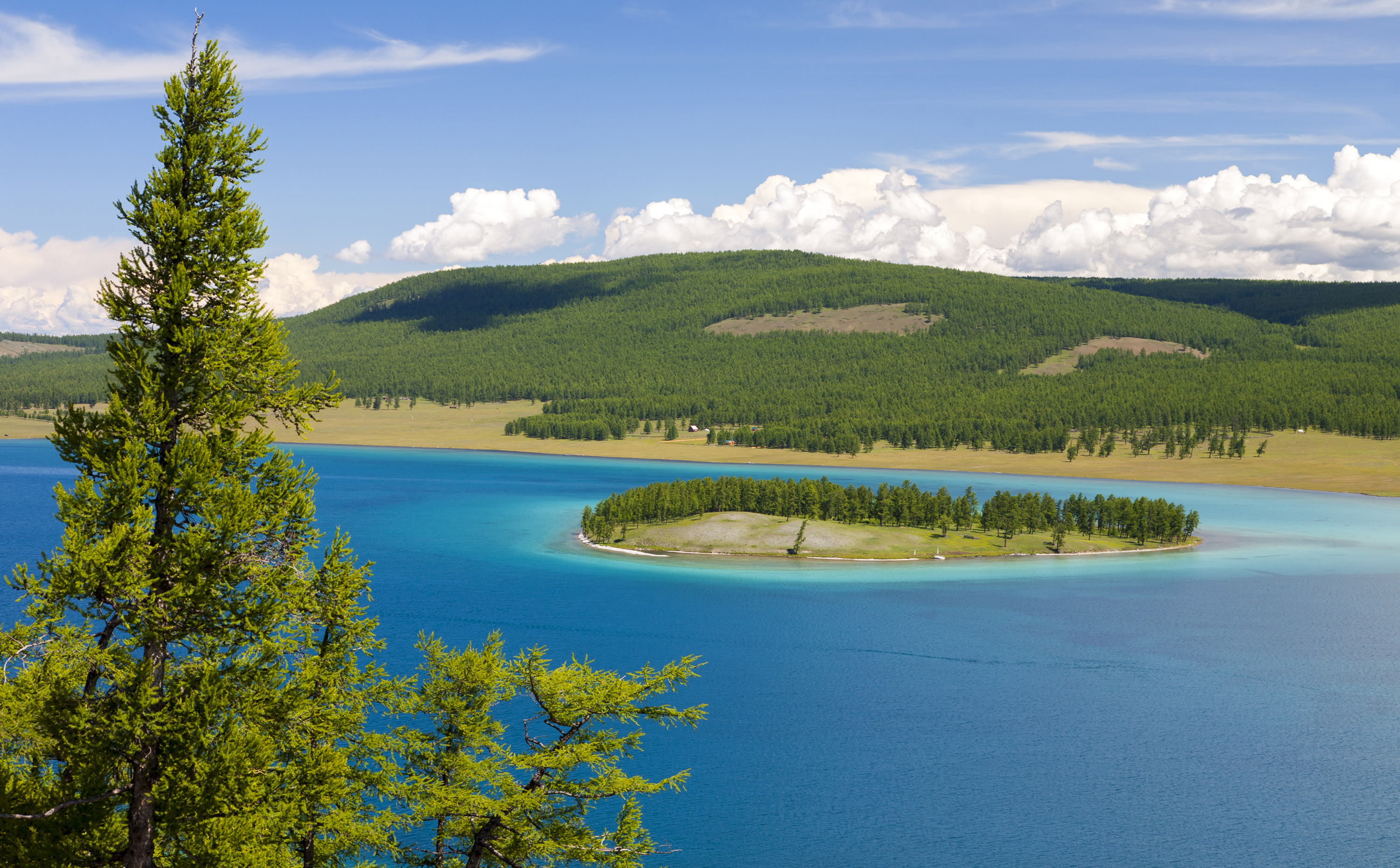
Naadam Festival
Translated, Naadam means festival. As some people describe it, this is Mongolia’s national version of the Olympic Games. It falls on July 11th and 12th, and it is one of the biggest celebrations all year. Many people express their pride for their country by wearing national costumes, and during the festival, they consume special festival food.
There are three national sports that take place during this festival. They are wrestling, archery, and horse racing. Horse racing is very different than what the western world expects. The jockeys are very young, between the ages of 8 and 15 years old. They do not use a saddle either, because, well… the lighter, the faster! There are five different types of horse races that are all based on the horses’ age. Everyone, especially those in the nomadic culture, enjoys and loves these races; they feel a strong connection to the horse.
